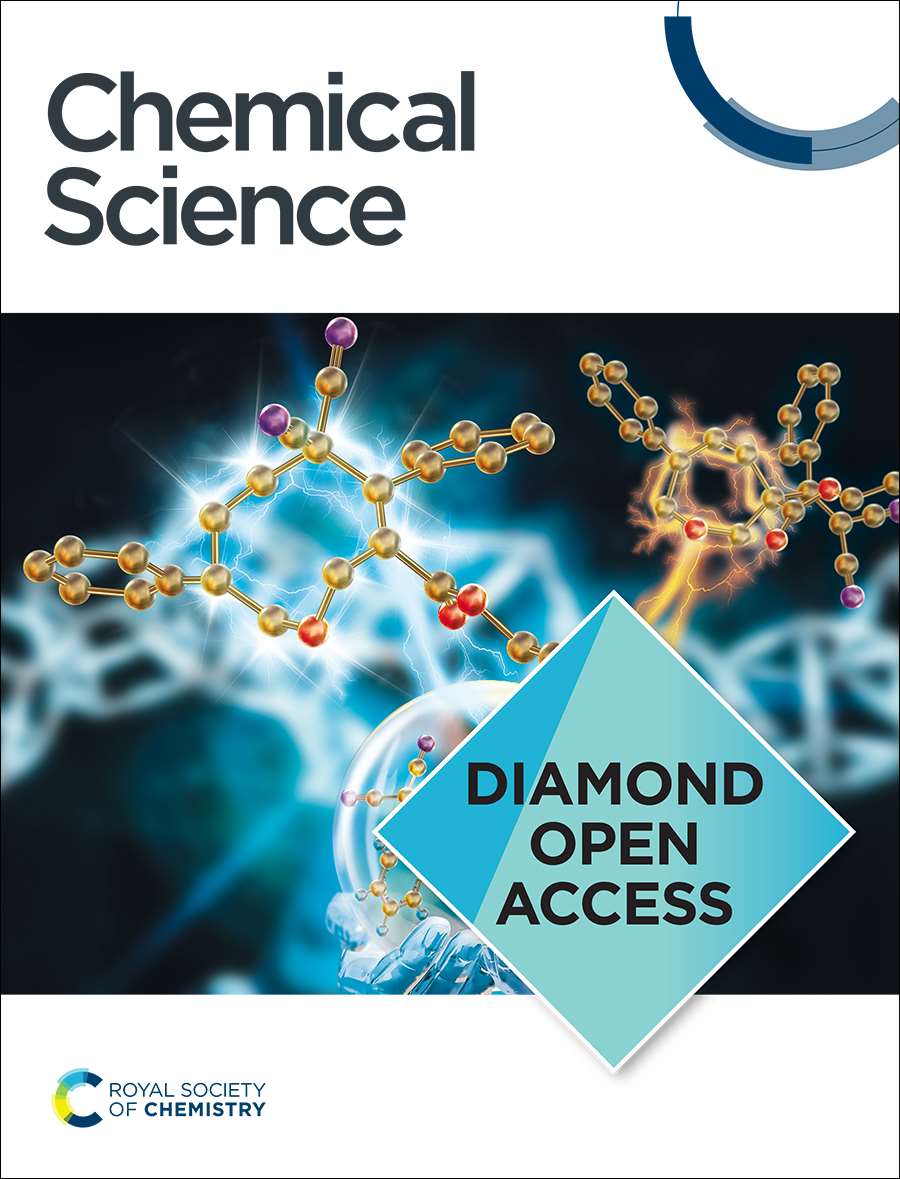Effect of size, charge, and spin state on Hückel and Baird aromaticity in [N]annulenes
IF 7.6
1区 化学
Q1 CHEMISTRY, MULTIDISCIPLINARY
引用次数: 0
Abstract
The Hückel and Baird rules provide a framework to understand the aromaticity of monocyclic π-conjugated molecules in their singlet ground state and lowest-lying triplet state, respectively, particularly in the context of [N]annulenes. According to Hückel's rule, a molecule in the ground state is aromatic if it contains 4n+2 π-electrons, while Baird's rule states that a molecule in the lowest-lying triplet state is aromatic if it contains 4n π-electrons, where n = 0, 1, 2, and so on. A previous study (J. Am. Chem. Soc.2021, 143, 2403) examined the changes in the aromaticity of singlet ground-state [N]annulenes as the ring size increased from N = 12 to 66. However, no systematic investigation has yet been conducted for the lowest-lying triplet state of [N]annulenes, or charged [N]annulenes. In this work, we address this gap by performing DFT calculations across several aromaticity descriptors, including structural, electronic, magnetic, and energetic indicators of aromaticity, with a particular focus on aromatic stabilization energies (ASE). Our findings reveal that both neutral and charged [N]annulenes adhere to the Hückel and Baird rules. Nevertheless, for larger ring sizes, these rules diminish in significance, and the distinction between ASEs (and other indices of aromaticity) of [N]annulenes with 4n and 4n+2 π-electrons becomes less and less pronounced.求助全文
约1分钟内获得全文
求助全文
来源期刊

Chemical Science
CHEMISTRY, MULTIDISCIPLINARY-
CiteScore
14.40
自引率
4.80%
发文量
1352
审稿时长
2.1 months
期刊介绍:
Chemical Science is a journal that encompasses various disciplines within the chemical sciences. Its scope includes publishing ground-breaking research with significant implications for its respective field, as well as appealing to a wider audience in related areas. To be considered for publication, articles must showcase innovative and original advances in their field of study and be presented in a manner that is understandable to scientists from diverse backgrounds. However, the journal generally does not publish highly specialized research.
 求助内容:
求助内容: 应助结果提醒方式:
应助结果提醒方式:


